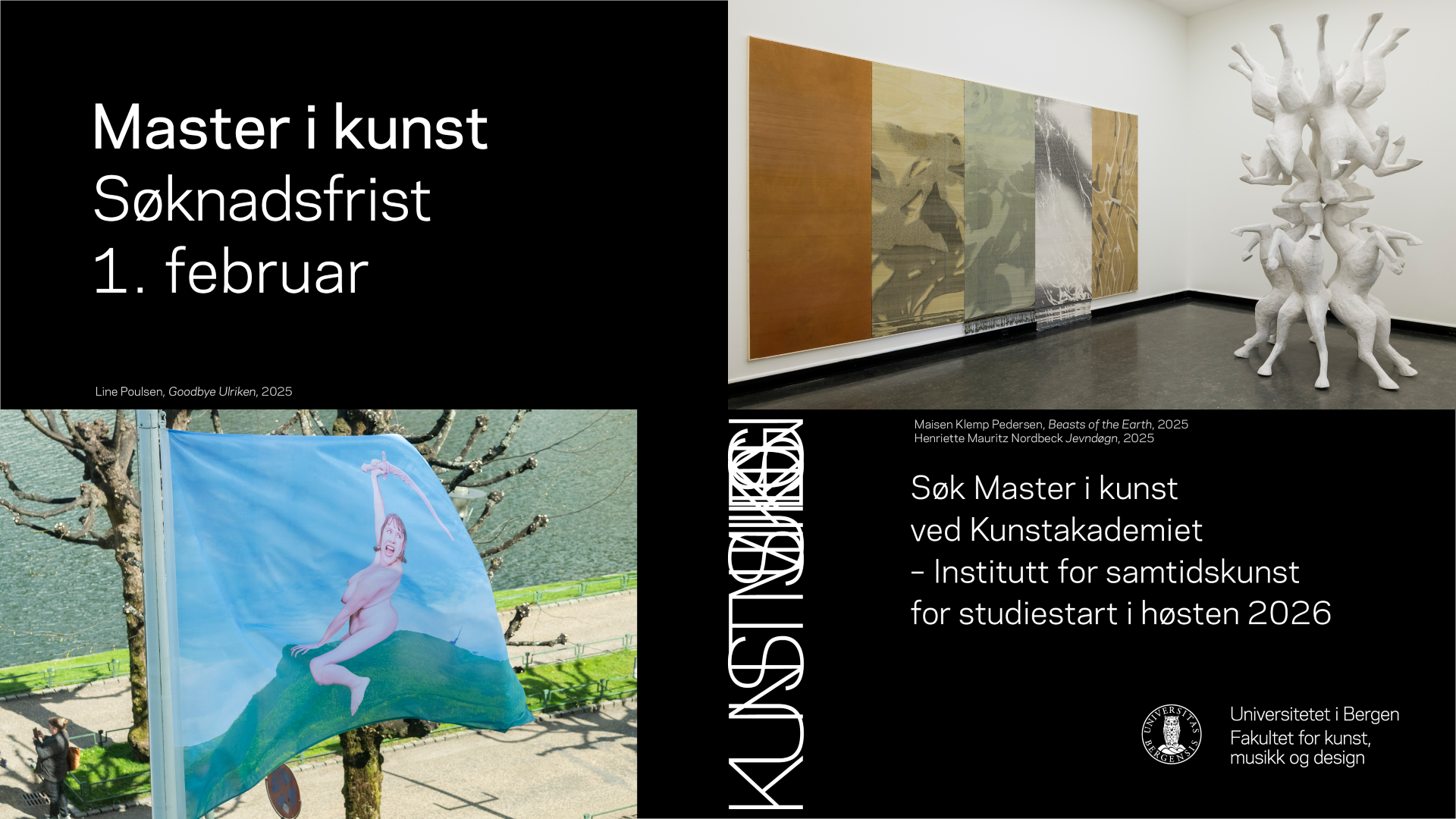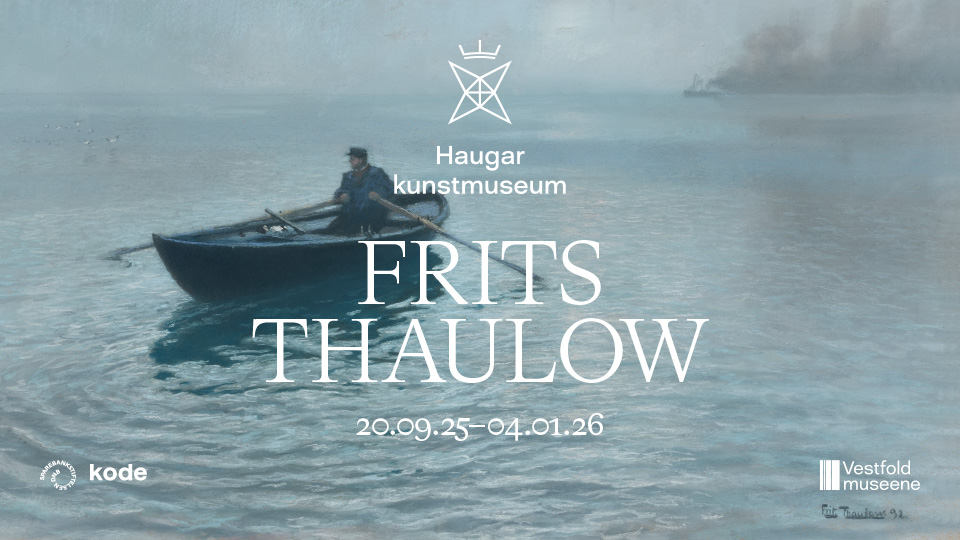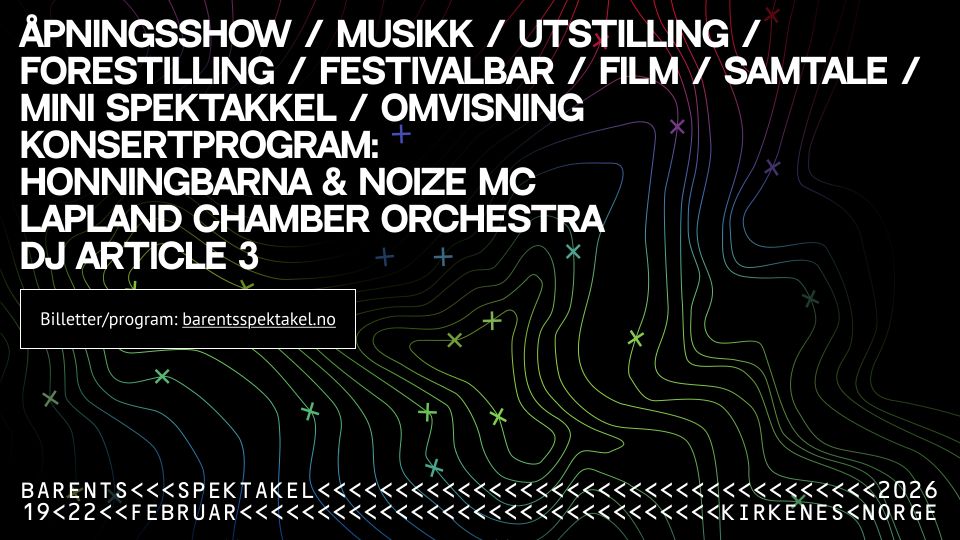
I’m an old man now, old enough to remember the twentieth century and this thing we invented back then called the internet. Man, it was really something. Military tech to begin with of course, like all the good stuff, but the hackers shook it loose and turned it into mankind’s greatest hope. The global village, the universal library, instant communication. Information wanted to be free and once we got enough bandwidth utopia was going to come right down the pipe and into your… No, wait, get back! We’ve made a terrible mistake! My God, the children! It’s going to destroy us all!
Forgive me, this internet business is confusing, especially for us old folks. But at least it’s not just me. It turns out that the Supreme Court of Sweden is equally helpless in the face of the New Technology, having just ruled that Wikimedia has to pay a royalty to Bildupphovsrätt i Sverige [the Visual Copyright Society in Sweden] if it wants to send open-licensed, crowd-sourced pictures of public art over the internet, but not if it wants to hand them out as nice old-fashioned prints.

Nobody told the Swedish legal system that cashing in on Web 2.0 is so 2006 – the year that Time magazine’s Person of the Year was “You”, the happy user – or that nobody has turned a profit there since, unless they shorted the Zynga IPO. Seriously, your share of the money for those million YouTube views of your hit record is less than $100. The saddest thing about Prince’s sudden death has been all the articles on the internet, about how his greatest contribution was his refusal to let his music be exploited on the internet, which changed the business of music on the internet, forever. Because, to an old guy like me, it seems clear as day that Prince’s greatest contribution was “I Love You More Than When You Were Mine”, while the music business remains the same remorseless grinding machine it was before Universal Music’s lawyers issued that infamous copyright takedown notice over a 29-second video of toddlers dancing to “Let’s Go Crazy”.
The big Web 2.0 success story, of course, is Facebook. And yes, I’m looking at you. You know what I’m talking about. Your sold your friends, your diary, your dreams, and you sold them to play Farmville in the new AOL. You and everybody else on the planet sold your soul for nothing more than a fancy new set of social anxieties, but you got the best end of the deal. Because Facebook has quantified what you knew all along – that your soul was hollow, it was worthless – and on average each of its 1.5 billion users makes the company less than $4 a year. Still that’s very likely more than Sweden’s artists will see, even if Wikimedia agrees to pay the court-mandated royalty for online pictures of their state-commissioned sculptures. Exact figures not available, but sources suggest the bonanza will be around three kroner apiece.
It’s a point of principle, of course, for what is the law if not a perfect compendium of conveniently militarised public ethics? But if the Supreme Court of Sweden is truly serious about taking the art world online in the year 2016 it should get with the new paradigm. That’s right, the venture capitalists have started reading Marx, crowdsourcing is out, the Labour Theory of Value is back, and it’s Uber for the win. In this version of reality – the libertarian dream flipped over, like a beetle on its back – freedom is a precious gift that the poor give the rich, and every human cost is an externality to be dumped in the lap of the state whose taxes you avoid. Sounds like a business model to me. But what will Uber for Kunst look like? Whose rights will be on the bonfire? Whose still-living flesh must succumb to the questing tentacles of the blind, blood-frenzied network? Will it be on Android, too? And how will us old folks get a slice of the action?
Well, the art world already looks a lot like it’s been Uberized. The artists take the risk, the state builds the infrastructure and fronts the money – but not too much, because it’s good to keep those artists hungry, and you don’t need to feed their expectations, because they have dreams – and when the time is right the dealers pick up the two percent who fit the market best and take half of everything from now until forever, no employment rights, no benefits, no pensions, no holidays. Still, there’s plenty of scope to cut out the middleman, asset-strip the showroom sector, and drive down prices. Art dealing in the 21st century already consists mostly of pushing jpegs around a retina screen, and it’s very possible that the entire gallery system could be largely replaced by twenty lines of Javascript and a server farm in Oregon, with a consequent reduction in cocaine bills.
The problem is that, in this new version of the new economy, the app is just the fetish whose ideological function is to distract you from the gangmasters behind the curtain – as when Uber tell the regulators that their cars can’t be taxis, because they don’t have meters, because the fares are calculated “on the internet”. The middlemen don’t, in fact, get cut out, instead they’re multiplying. There’s a start-up incubator in every major city, where middlemen are being vat-grown in industrial quantities. Nourished by liquid venture dollars in the early stages of their life-cycle, at a certain point they are pumped like a kind of protozoic slime into any unguarded crevice and involution of the culture, a process the experts call “social fracking”. Soon the planet, virtual surfaces included, is coated in this new grey goo, a sentient frictional paste that scrubs scraps of surplus value off the side of everybody’s everything, right down to the gleaming bone, as though that were the natural cost of thought, motion, life. But, for some reason that scientists have not yet been able to comprehend, the public sculptures of Sweden have remained completely unaffected.


















